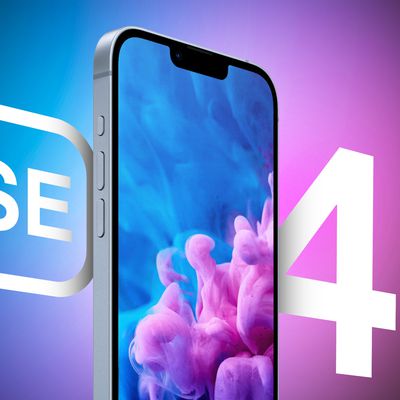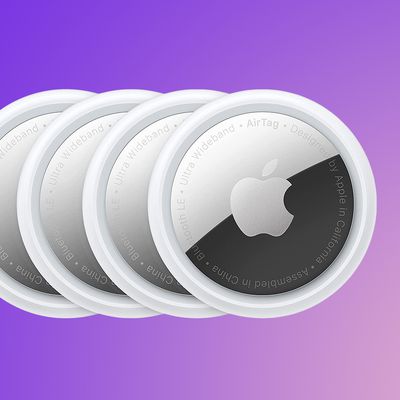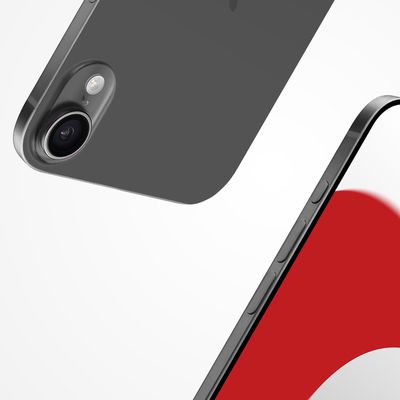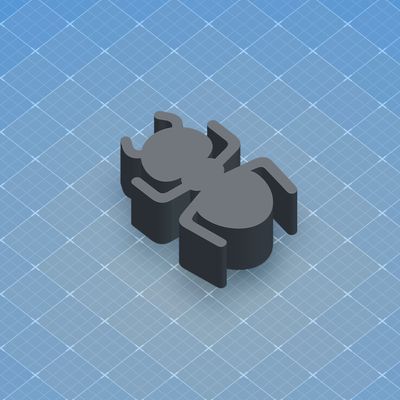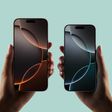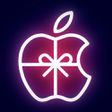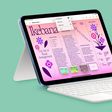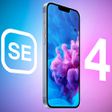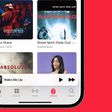The widely expected March Apple event now appears to be destined to take place in April, in spite of the plethora of rumors claiming that there would be an Apple event on Tuesday, March 23, to announce new iPads, AirPods, and the long-awaited AirTags.
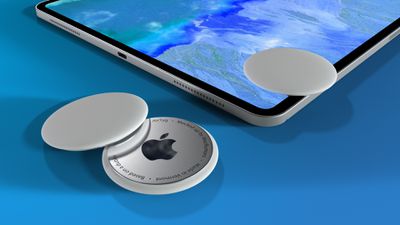
Mixed-bag leaker Jon Prosser first claimed that an Apple Event was planned for March 16, but that was subsequently ruled out by reliable Bloomberg journalist Mark Gurman. Once that date passed, Prosser and a number of other leakers then suggested there would be an Apple Event on March 23.
The speculation seemed to be in line with previous years, given that Apple has unveiled new hardware every March since 2014. With no March 23 Apple event and the chances of an event falling before the end of the month looking to be very slim, rumors are now congregating around April for new Apple product announcements.
The first indication that Apple might have new hardware planned for April came from Japanese website Mac Otakara in early January. Citing supply chain sources, the blog claimed that Apple would release second-generation AirPods Pro and a third-generation iPhone SE in April, but the report did not specify whether the products would be announced at an event or with press releases. Apple analyst Ming-Chi Kuo has since claimed that a new iPhone SE will not be released until 2022, but updated AirPods Pro are still a possibility this spring.
Talk of an April event has now intensified, starting with a report from Taiwanese supply chain publication DigiTimes that claimed volume shipments of Mini-LED display components for a new 12.9-inch iPad Pro will begin in the second quarter of 2021, which spans April through June. This was followed by a report from Gurman, who claimed that plans to announce new iPads as early as April, including new 11-inch and 12.9-inch iPad Pro models.
Kuo added to the April rumors last week, claiming that mass production of mini-LED iPads will begin in mid-to-late April.
According to Prosser, Apple plans to host an event in April this year. In a YouTube video, Prosser explained that he was actually told by a "vague and mysterious" source who has been "100 percent accurate" that there would be an April event in late February, but Prosser thought that an April event made "little to no sense" and he was more inclined to believe his sources making claims about a March 23 event.
Prosser acknowledges that it is worth treating this April event rumor with some skepticism since it would be Apple's first April event in 11 years, but he also emphasized his source's perfect track record. It is also worth noting that Prosser has been incorrect about three consecutive event date rumors, including a November 17 event, a March 16 event, and a March 23 event.
Although Apple announced a number of products between September and December last year, including the Apple Watch Series 6 and Apple Watch SE, iPad Air 4, iPhone 12 lineup, three Macs with Apple silicon chips, and AirPods Max, there are still several new Apple products expected to launch soon.
Apple's last April event was in 2010, when the late Steve Jobs announced the developer preview of iPhone OS 4 (later renamed iOS 4). 11 years later, 2021's rumored April event could see the announcement of new iPad Pro models and the debut of AirTags item trackers, plus we could also see new iPad mini and low-cost iPad models.


